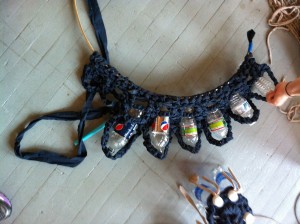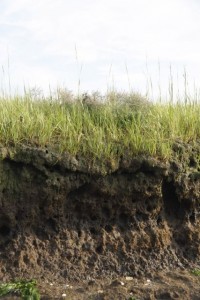Our flotant design strategy is directly informed by the work of Chris Streb and Anamarija Francik. Please follow the links to find out more about their work.
Christopher Streb, PE, LEED AP
Ecological Engineer
www.biohabitats.com
Biohabitats
Restore the Earth and Inspire Ecological Stewardship
2081 Clipper Park Road
Baltimore, MD 21211
Baltimore Sun article about his project in the Baltimore Harbor, and a vimeo video
Anamarija Francic
Director, Green Harbors Project
Umass Boston
website
Some of her projects:
Pump Out boat in the Harbor
http://www.umb.edu/ghp/po_boat
http://www.umb.edu/ghp/research_and_publications
http://cdn.umb.edu/images/centers_institutes/greenbostonharbor/2011_pump
-out_report.final.pdf
Savin Hill Cove and Living Lab sites:
http://www.umb.edu/ghp/green_harbors/boston_harbor/student_projects/urba
n_harbor_salt_marsh_restoration
http://www.umb.edu/ghp/green_harbors/boston_harbor/student_projects/savi
n_hill_cove
Fort Point Channel restoration design:
http://www.umb.edu/ghp/green_harbors/boston_harbor/student_projects/fort
_point_channel
Our early design musings:
some thoughts on design needs needs anchor to harbor bed structure must be very robust to withstand high waves, winds (is a bendable structure most ideal?), should it be boatlike, or island like, or buoylike use recycled materials for floating: water and milk bottles needs a porous meshlike material for roots to grab onto roots […]
how can we translate these chemical sensitivities?

